One of the best ways to immerse yourself in a destination is to take in its rich history. And our favorite way to learn about a country’s past is to visit a castle (or two). Most historic destinations had some form of a court, and the royal residence showcases a lot about the king or queen who ruled in the past. Countries strategically build castles, highlighting potential battles they may have undergone to establish themselves. Furthermore, palaces are opulent with rich decor, unique details, and other thoughtful touches that play an ode to its past. Ready to live out your fairytale? Read on for some of the best castles worth visiting around the world.
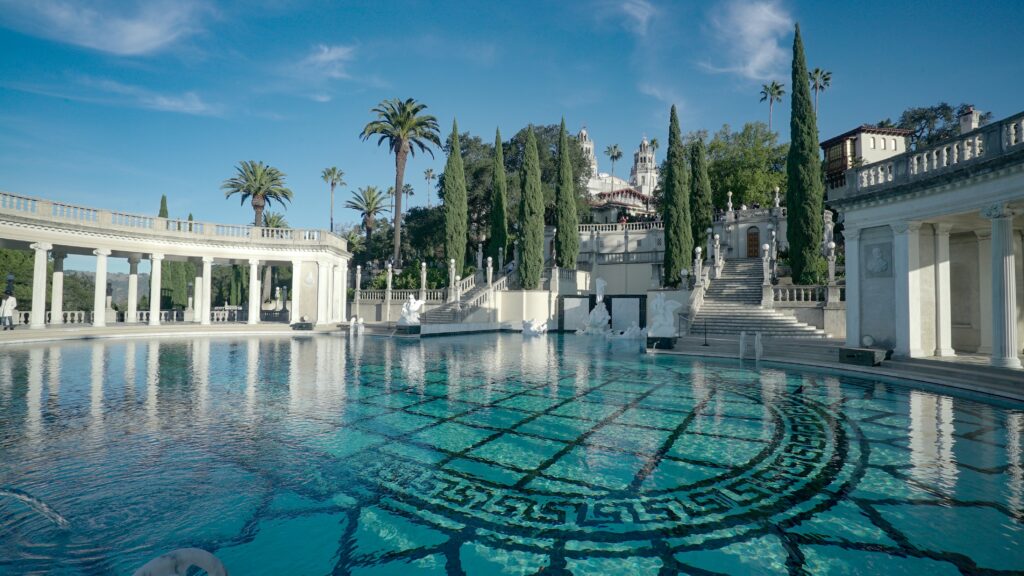
Hearst Castle (California)
In 1865, George Hearst bought 40,000 acres of land and later passed them down to his son. Over time, William Randolph Hearst purchased more until he had about 250,000 acres of land. Today, people refer to it as Hearst Castle. Created as a retreat, the 165 rooms and 123 acres of gardens, terraces, and pools comprise this magnificent structure. There is also a legendary art collection throughout the property, which is incredible.
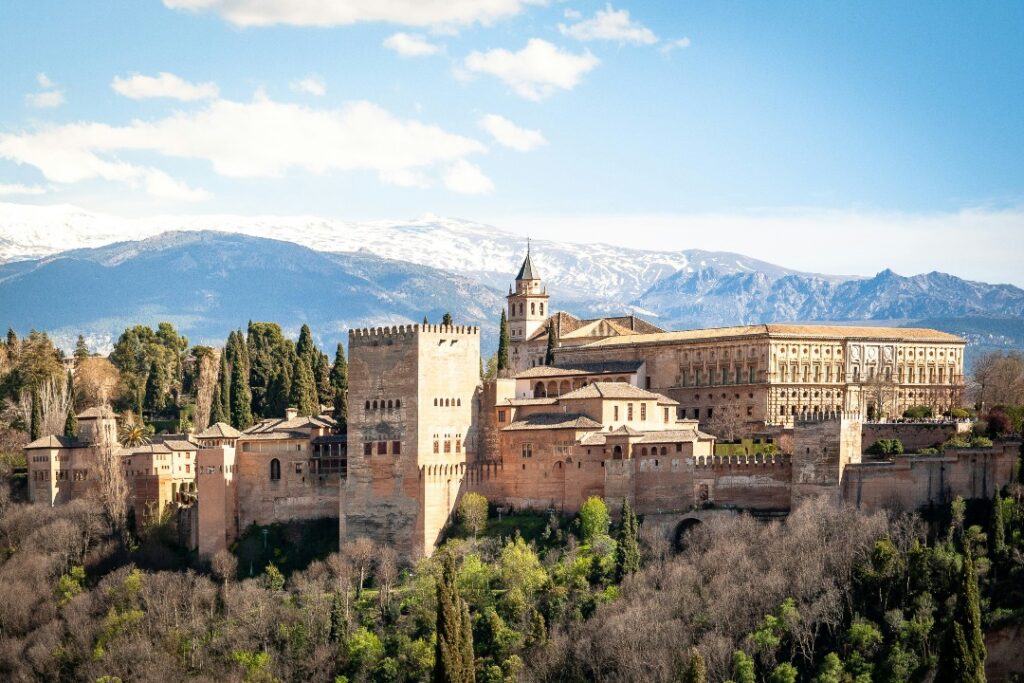
Alhambra (Spain)
Granada, Spain, houses this palace and fortress complex. Dubbed Alhambra, it’s known as one of the most famous monuments of Islamic architecture. In addition, it is one of the best-preserved palaces of the Islamic world. Muhammad I Ibn al-Ahmar initially commissioned the construction of this hilltop fortress in 1238, and it has undergone restoration many times since the 19th century. Nowadays, it’s a UNESCO World Heritage Site and one of the top attractions in Spain.
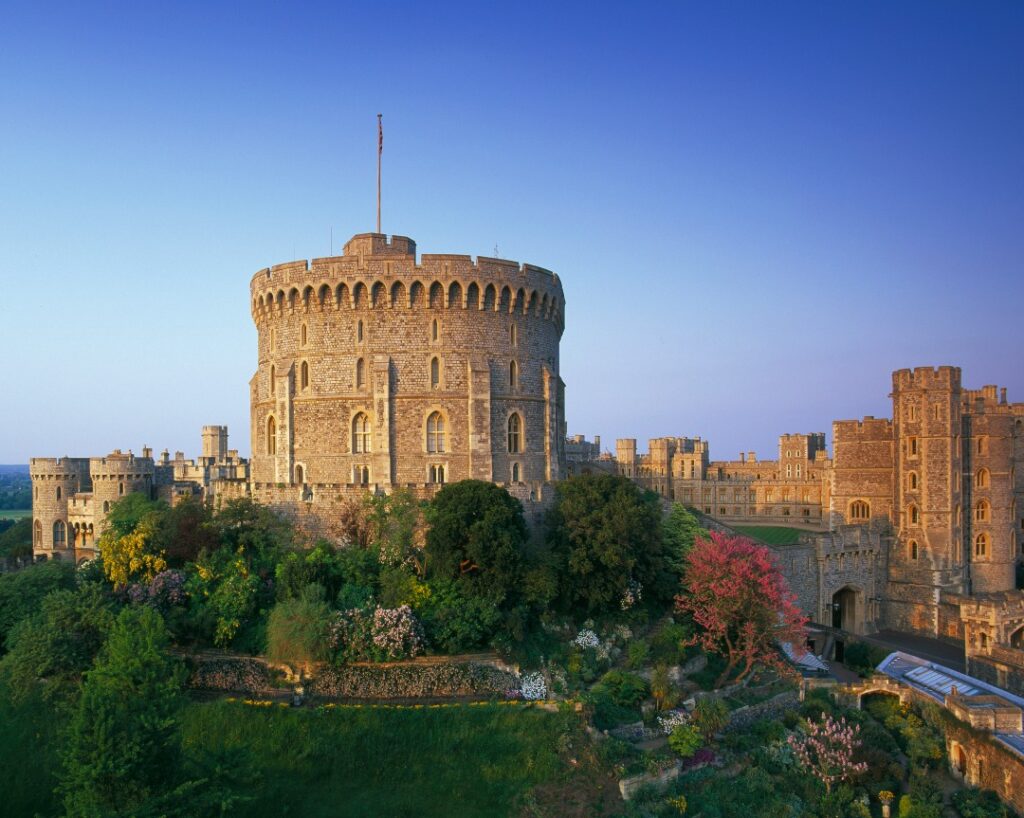
Windsor Castle (England)
Initially built in the 11th century, Windsor Castle is a beloved residence of the British Royal Family. With a location in the English countryside of Berkshire, the castle’s 19th-century state apartments are one of the best examples of Georgian architecture. The castle grounds feature the palace alongside a fort and a small town, covering over 13 acres. This particular castle was a favorite of Queen Elizabeth, and it was where she often resided. Not only is it the largest inhabited castle in the world, but it’s also a functioning royal home.
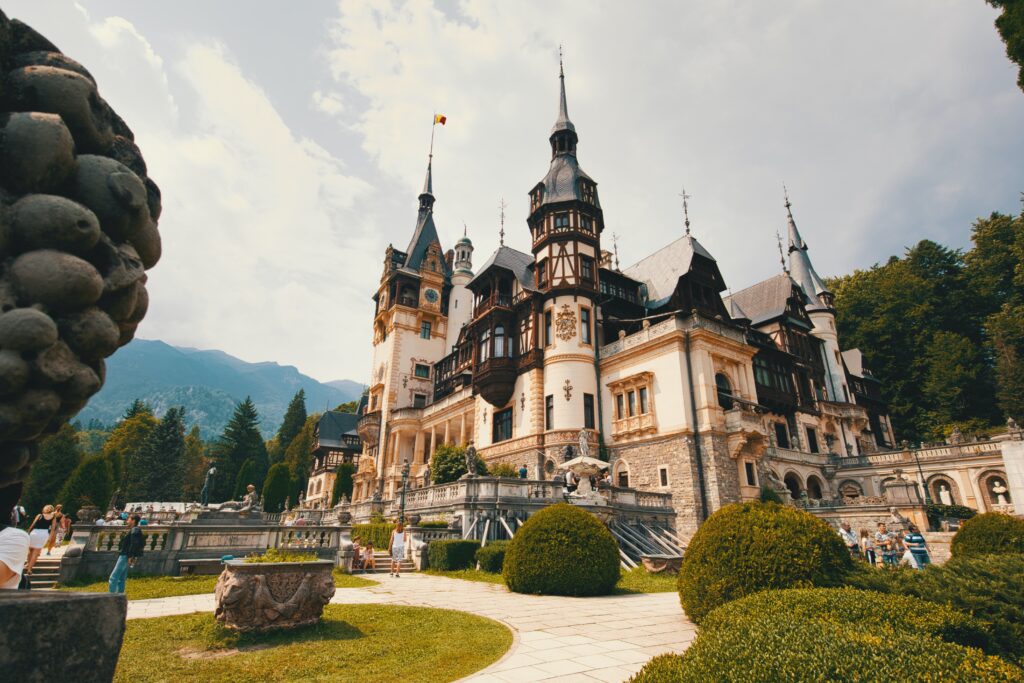
Peles Castle (Romania)
Peles Castle is one of Europe’s most beautiful castles, constructed for King Carol I of Romania. Located in Sinaia, also known as the Pearl of the Carpathian Mountains, it’s one of Romania’s most visited tourist attractions. The castle has over 160 rooms housed within German neo-Renaissance style architecture.

Red Fort (India)
Known as one of the most important symbols of Indian independence, the Red Fort has been a symbol of power since the reign of Shah Jahan. Red Fort gets its name from its massive walls of red sandstone, which give the palace its signature hue. Indian independence was first celebrated here, with the flag hoisting during the declaration of freedom. Today, Indians continue to celebrate their independence at this place, which serves as a symbol of the country’s history.

Chateau de Chombord (France)
With Renaissance architecture, Chateau de Chambord takes visitors through five different centuries. The palace takes inspiration from Leonardo Da Vinci and offers stunning views from the terraces of the surrounding Loire Valley. The castle has acres of beautiful gardens, incredible decor, and tons of history, making it a favorite.

Pena National Palace (Portugal)
Hidden within the hills of Sintra, Pena National Palace is striking with its vivid red and yellow hues. The lush greenery of the national park surrounds and hides the palace within the hills of nature. When King Ferdinand originally acquired the castle, a former monastery, he intended to build it up as a summer residence for himself and Queen Maria II. However, he quickly fell in love with the idyllic setting, and the rest is history. Nowadays, the palace is a UNESCO World Heritage Site.
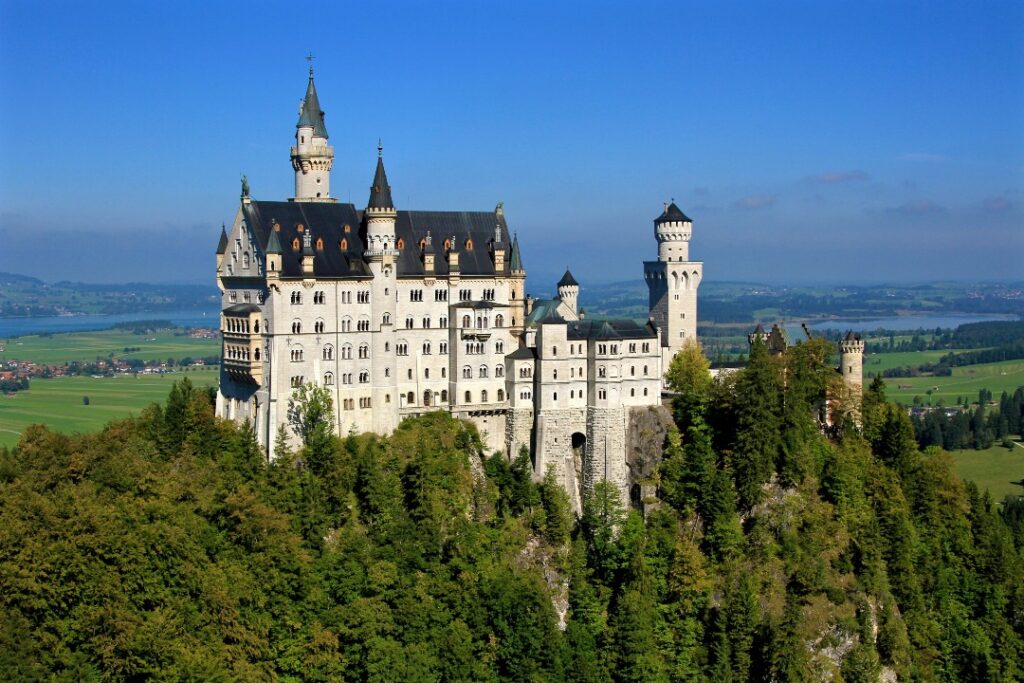
Neuschwanstein Castle (Germany)
Located on the hills of the Alps in south Germany, Neuschwanstein Castle was a nature-filled escape for King Ludwig II of Bavaria to escape Munich. Though intended as a private residence for the king, it was never completed, and he passed away in 1886 without having the chance to use it. The original plans showcased that the castle would have had over 200 rooms upon completion. Nowadays, it’s a popular tourist attraction and is a highly visited spot in Germany.

